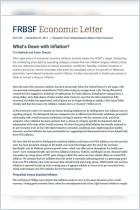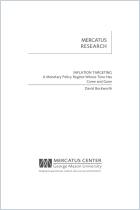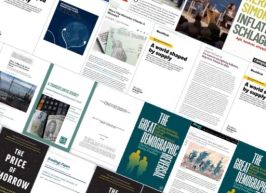Melden Sie sich bei getAbstract an, um die Zusammenfassung zu erhalten.

Melden Sie sich bei getAbstract an, um die Zusammenfassung zu erhalten.
David Wessel
What Is “Average Inflation Targeting”?
Brookings Institution, 2019
Was ist drin?
Persistently low inflation is challenging the Federal Reserve to come up with new tools.
Recommendation
The Federal Reserve’s pursuit of its dual mandate to maintain stable prices and robust employment rests on controlling inflation. Since 2012, the Fed has earmarked 2% as the inflation rate that best achieves price stability. But that level has proven elusive. In this astute analysis, economist David Wessel offers policy makers and financial professionals background on the choice of this rate and its supporting architecture. He explores the reasons why Fed officials are now considering revamping their inflation targeting approaches.
Summary
About the Author
David Wessel is a senior fellow at the Brookings Institution and the director of its Hutchins Center on Fiscal and Monetary Policy.




























Comment on this summary